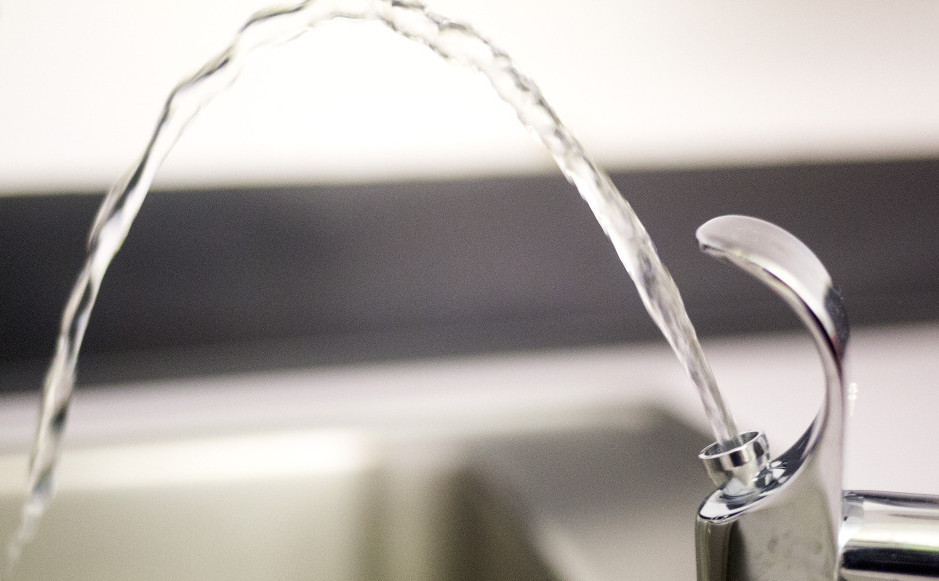About 350 Maine schools have not been tested for lead in their water supply, and if you are an administrator, school board member or parent at one of them, you should be asking why.
A Lewiston lawmaker is proposing a bill that would make such testing mandatory, but it shouldn’t have to be. Clean water should be a given everywhere, but particularly in schools, where young, growing minds are more susceptible to the effects of harmful chemicals.
Testing is not an issue for the 240 or so schools that get their water from wells, which by law must be tested every three years, with the results and any correction action reported to state officials.
But the 550 Maine schools on municipal water systems are not required to conduct water tests, and while systemwide tests by water districts will catch wider problems, they miss more specific deficiencies, such as when an old faucet or piece of piping is leaching lead into one building’s water supply, as was the case recently at schools in Benton and Yarmouth.
As a result of the lead problems in Flint, Michigan, the Maine Public Drinking Water Commission, the Maine Rural Water Association and the Maine Water Utilites Association have been partnering in an effort to encourage school districts to test their buildings, and so far some 200 school buildings have been tested.
The remainder shouldn’t wait. The state program provides 10 free tests per school, and in any case the testing kits cost only $20 apiece. If necessary, remediation, such as replacing old faucets or pipes, typically is not very expensive either.
There are no indications that lead contamination is rampant in Maine. When lead is found to be present, it is nothing close to the level of contamination that was found in Flint.
Rather, the higher levels of lead, when present at all, are only present on some outlets, and then often only on “first draw,” when the water has sat motionless in pipes for a while. Allowing the water to run usually diminishes or erases the lead levels, meaning that in order to ingest concerning levels of lead, a student would have to drink only off a contaminated faucet and only on first draw, over and over again. (The main source of elevated levels of lead in children remains lead paint.)
But there is no reason to risk any level of exposure.
To that end, New York recently became the first state to complete universal mandatory tests for all schools, following the recent passage of a law. New Jersey requires testing, too, and Massachusetts is among the states that uses its website to inform the public on the results of school water testing.
A proposal by state Rep. Heidi Brooks, D-Lewiston, would follow New York’s path, requiring testing at all schools.
Water testing may have previously been near the bottom of any school district’s to-do list, but it shouldn’t be any longer, and it shouldn’t take a new law. If administrators are not already planning tests, then school boards and parents have to hold them accountable – tests should be conducted in short order and the results placed on district websites.
Roger Crouse, director of the state’s Drinking Water Program, does not sound optimistic. As long as testing remains voluntary, Crouse told the Telegram, it will be a challenge to get all schools to go along.
We’ll know whether he’s right soon. It shouldn’t take a law to guarantee clean water for Maine schoolchildren, but if school districts do not test those 350 untested schools quickly, lawmakers should make them.
Send questions/comments to the editors.



Comments are no longer available on this story